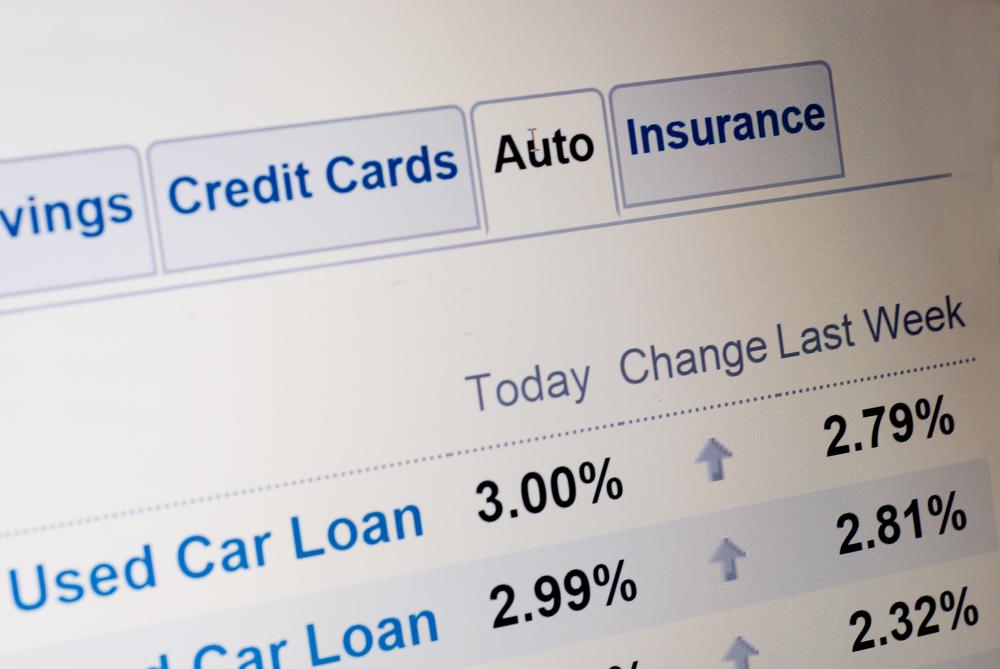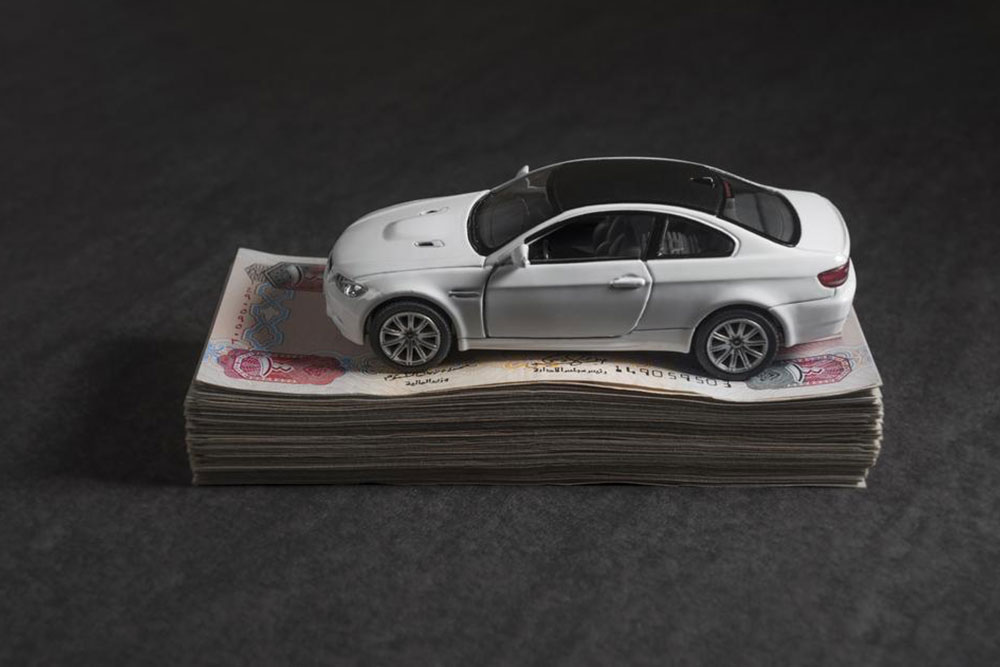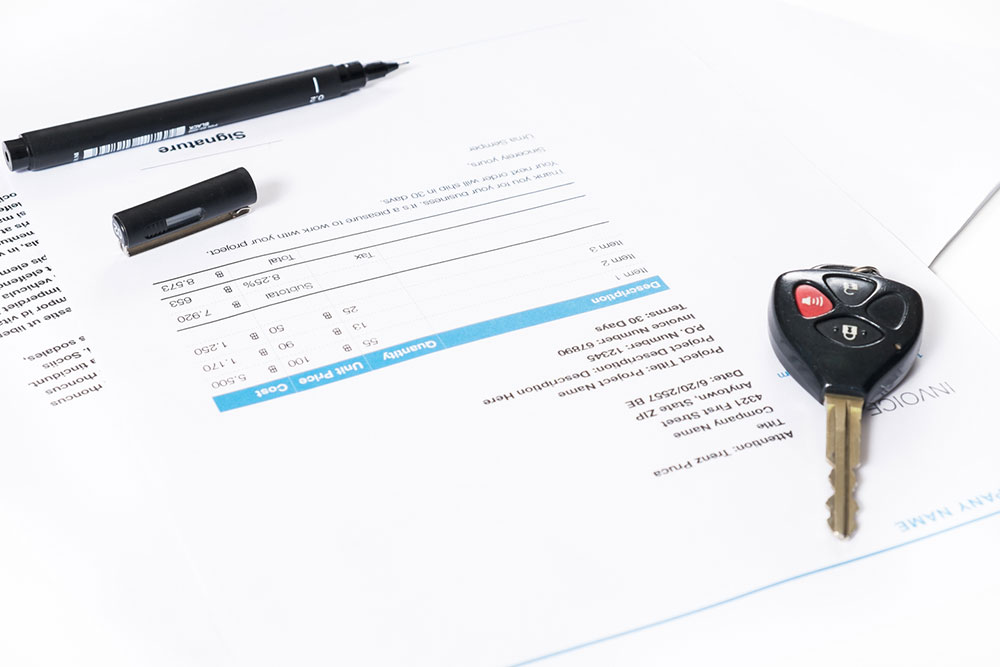Comprehensive Guide: How to Purchase a Vehicle Without an Upfront Payment
Discover practical and effective strategies to buy a vehicle without making an upfront payment. From improving your credit score and using a co-signer to maximizing trade-in value and negotiating loan terms, this comprehensive guide provides valuable insights to help you acquire your next car with minimal initial costs. Learn how to leverage various financial tools and options to make vehicle ownership more accessible and affordable, ensuring that you find the best path tailored to your financial situation and goals.

Comprehensive Guide: How to Purchase a Vehicle Without an Upfront Payment
Buying a new vehicle is often one of the most significant financial investments individuals make. It involves meticulous planning and financial strategizing to ensure that the purchase aligns with one's economic situation and long-term goals. A common challenge faced by many prospective car buyers is the hefty initial down payment and the potentially high interest rates associated with auto loans. These costs can act as barriers, making the dream of owning a vehicle seemingly out of reach for some. However, fortunate alternatives exist that allow buyers to acquire a car without shelling out a large amount upfront. These strategies not only facilitate the purchase but also enable buyers to maintain their liquidity and investment flexibility.
1. Improve and Leverage Your Credit Score for Better Financing Options
One of the most influential factors that lenders evaluate when approving auto loans, especially those with zero down payment options, is your credit score. A high credit score indicates responsible financial behavior and reduces the risk from the lender’s perspective. Most financial institutions prefer borrowers with a tireless track record of timely payments and stable financial status, as evidenced by a healthy credit report.
Typically, a credit score of 680 or above significantly boosts your chances of qualifying for a zero-down auto loan with advantageous interest rates. On the other hand, scores ranging from 580 to 669 are considered subprime; these applicants might still access financing but may face higher interest rates and stricter terms. Scores below 580 often present approval challenges and might necessitate additional measures. To enhance your credit profile, it is crucial to regularly review your credit reports, dispute any inaccuracies, make all your bill payments on time, and minimize your credit utilization ratio to a manageable 25-30%. Reducing existing debts consistently over time can further strengthen your credit standing, offering better financing options when purchasing a vehicle.
Having a solid credit score not only increases your chances of loan approval but also allows you to negotiate better interest rates and payment terms. Establishing and maintaining a strong credit profile is therefore a vital step toward financing a vehicle without an initial deposit, making the entire purchasing process more affordable and accessible for many consumers.
2. Utilize a Co-signer to Strengthen Your Loan Application
Another effective strategy is to bring a co-signer into the financing agreement. A co-signer is typically someone with a robust credit history, stable income, and a good financial reputation who agrees to share responsibility for the loan. Their presence can significantly impact the lender’s decision, increasing the likelihood of approval for a no-down-payment auto loan and often resulting in more favorable interest rates.
While this approach can be advantageous, it also carries certain risks. If either the primary borrower or the co-signer fails to make payments, both parties' credit scores can be negatively affected. Additionally, co-signing can strain personal relationships if financial difficulties arise. Consequently, it is essential to communicate clearly, establish a mutual understanding of the responsibilities involved, and put the agreement in writing. Proper planning and transparency are key to leveraging this method successfully without damaging personal or financial trust.
3. Increase Your Trade-In Value to Reduce Out-of-Pocket Costs
Trading in an existing vehicle can significantly lower the amount needed for a down payment, effectively reducing your overall financing costs. To maximize your trade-in value, get your vehicle professionally appraised, ensuring you understand its market worth. Conduct comprehensive research by browsing local listings and dealer prices to determine a fair value. If you prefer, selling your vehicle privately could yield a higher sale price, which can then be directly applied toward your new car purchase.
Utilizing your current vehicle as partial payment not only reduces the amount you need to borrow but also eases the financial burden by lowering monthly installment amounts. This approach can be especially beneficial for buyers who want to minimize their upfront costs and maintain better cash flow for other expenses or investments. Therefore, understanding your vehicle's true value and exploring both private sale and trade-in options can be instrumental in affording a new car without a hefty initial payment.
4. Shop Around for the Best Loan Terms and Interest Rates
Instead of solely relying on dealership financing, it’s wise to explore loan offers from multiple banks, credit unions, and online lenders. Many financial institutions provide pre-approval processes that give you a clear understanding of your borrowing capacity before visiting dealers. Pre-approved loans carry the advantage of better negotiation leverage, as you have an accurate estimate of your financing limits and interest rates.
While comparing offers, be cautious about applying for too many loans within a short period, as excessive inquiries can temporarily lower your credit score. Carefully analyze the interest rates, loan duration, and monthly payment obligations associated with each offer. Choosing the most competitive and flexible financing option ensures you can purchase your desired vehicle without upfront payments while maintaining manageable repayments aligned with your financial situation.
5. Negotiate for Higher Monthly Payments as an Alternative
If you prefer to avoid a down payment altogether, consider negotiating a plan where higher monthly installments compensate for the initial payment. While this method often results in increased total interest costs due to longer loan durations or higher rates, it allows you to acquire the vehicle without upfront expenses. Proper negotiation with lenders can help you reach an agreement that balances affordable monthly payments with overall loan affordability.
It’s essential to evaluate your monthly income and expenditure to ensure that increased payments are sustainable. Always consider your financial stability and future income prospects before opting for this strategy. Responsible planning and negotiation can enable you to drive your dream car without the need for large initial payments, making it an attractive option for many buyers.





